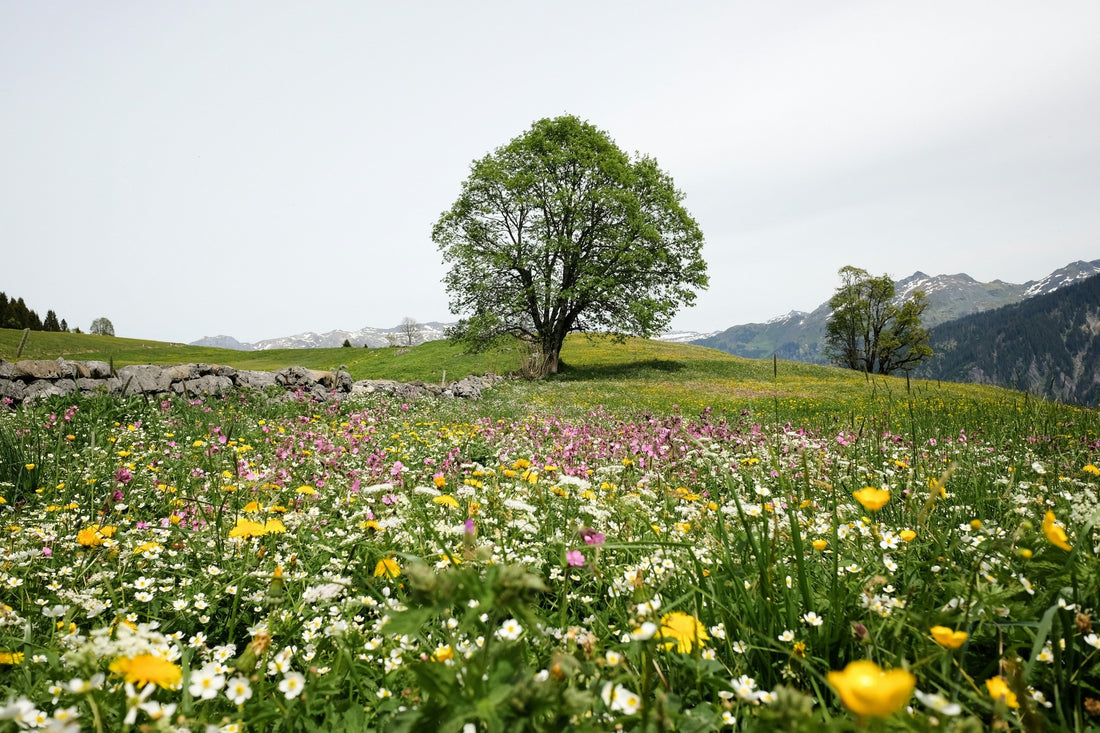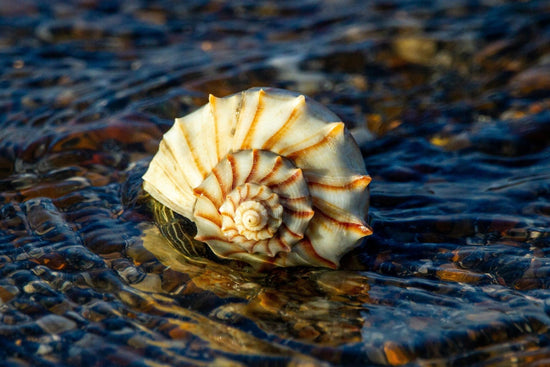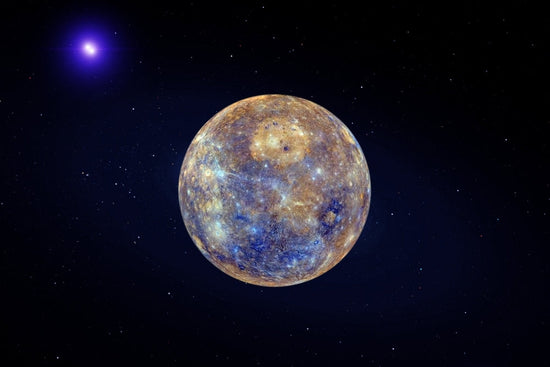Ostara is a modern pagan and Wiccan holiday observing the vernal equinox, which takes place between March 19 and 22 each year. This time of equal day and night marks the official start of spring: a joyful celebration of new life emerging with the refreshing return of the sun.
The holiday was named in 1974 by prominent Wiccan practitioner Aidan Kelly, who also named the holidays Litha (the summer solstice) and Mabon (the autumnal equinox). Kelly writes the vernal equinox “was sacred to a Saxon Goddess, Ostara or Eostre,” who may have also been the namesake for Easter. Many modern witches and pagans honor Ostara or Eostre over the vernal equinox, associating her with dawn, fertility, hares, eggs, and the spring season as a whole.
However, there is extremely limited historical evidence that Ostara ever existed as a deity in ancient times. While contemporary celebrations and rituals have certainly brought the goddess to life now, it is unclear whether she was truly worshiped by the pre-Christian Saxons, or whether she was ever a goddess at all.
That being said, the goddess Ostara is unquestionably alive in many pagan and Wiccan practices in present times. Join us today as we dive into the mythology, both ancient and modern, surrounding the enigmatic goddess of spring.
Header image by Lukas Gächter.
Where Does Ostara Come From?
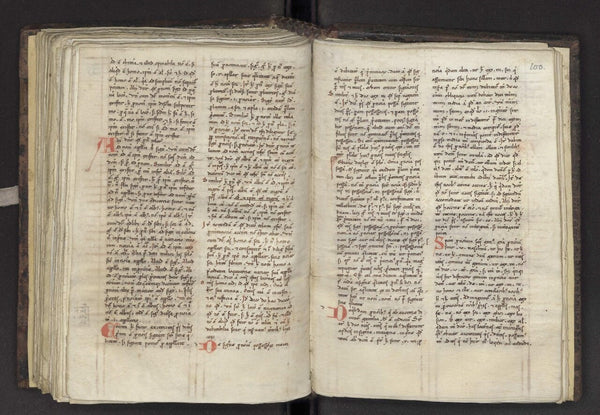
'De Temporum Ratione' or 'The Reckoning of Time' by the Venerable Bede
The story of Ostara begins with the supposed goddess Eostre, an extremely elusive character from Germanic mythology whom we know nearly nothing about. In fact, the only scholarly mention we have of her comes from the Venerable Bede, a monk who lived in Northumbria (now England) during the seventh and eighth centuries. In the year 725 CE, Bede published his work De Temporum Ratione, or The Reckoning of Time, in which he recorded available knowledge about the different calendars used by the peoples of the world.
In the book's fifteenth chapter, “The English months,” Bede details the Anglo-Saxon calendar, which was calculated based on the moon, “for the Moon is called mona and the month monath.” Notably, the month of April was called Eosturmonath. On this, Bede wrote, “[it] was once called after a goddess of theirs named Eostre, in whose honor feasts were celebrated in that month.” This is echoed by the Germanic Ôstarmânôth, which is referenced about a century later in Frankish scholar Einhard’s biography of Charlemagne, Vita Karoli Magni.
Europe and the British Isles were in the late stages of Christianization during Bede’s time. While pagan practices were largely condemned, regional folklore still informed the conversion process. Bede observes that the English populace now ascribed Eostre’s name to the “Paschal season” (relating to Passover or Easter), “calling the joys of the new rite by the time-honored name of the old observance.”
With nothing more from Bede or even Einhard, Eostre’s recorded historical presence effectively ends there. Although Bede likely had access to Saxon folklore, it is uncertain whether he was describing a real goddess. It’s possible this was a misinterpretation on his part and that Eostre was just a term for the season. Linguistics suggests a correlation between Eostre and a number of Germanic and Latin theonyms (names of gods), yet aside from a few incomplete inscriptions to the Roman Matronae Aufaniae from the second and third centuries CE, there is no evidence for any worship of a goddess called Eostre.
Jacob Grimm Proposes the Goddess Ostara
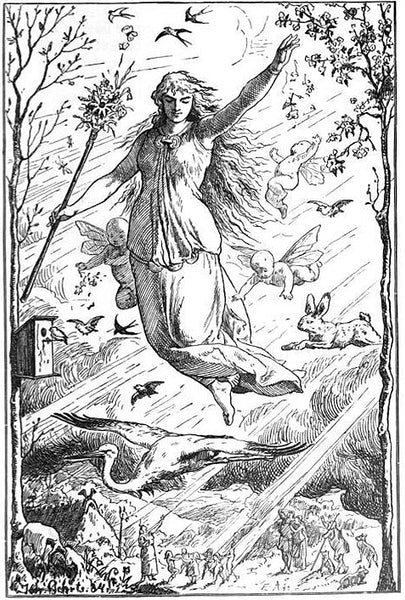
"Ostara" (1901) by Johannes Gehrts. The goddess Ēostre / Ostara flies through the heavens surrounded by Roman-inspired putti, beams of light, and animals. Germanic peoples look up at the goddess from the realm below.
Interest in this figure was revived in 1835 when Jacob Grimm published his famed tome Deutsche Mythologie, or Teutonic Mythology, a treatise on the old Germanic gods and their stories. In this book, Grimm cites Bede’s work, saying, “There is nothing improbable in [her].” By drawing his own conclusions about the linguistic connections between Germanic and Norse words relating to Eostre, Grimm supposes Eostre was a localized form of a more widely recognized spring goddess, whom he calls Ostara. He writes:
Ostara, Eàstre seems therefore to have been the divinity of the radiant dawn, of upspringing light, a spectacle that brings joy and blessing, whose meaning could be easily adapted to the resurrection-day of the christian's God.
Even so, lack of evidence for historic worship of the goddess makes Grimm’s conclusion purely speculative. While scholars continue to debate his findings, Grimm’s ideas of Ostara as a common Germanic goddess were solidified as other folklorists replicated and expounded on the tale.
Among them was Adolf Holtzmann with his 1874 book, also titled Deutsche Mythologie. In this text, Ostara is first associated with the Easter hare. From here, she is conflated with other Easter and spring-related symbology, eventually creating the goddess many pagans and witches honor today.
Who Is Ostara Today?
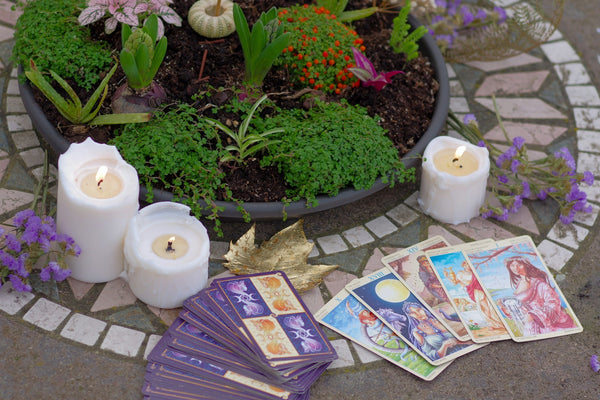
Photo by Elena Mozhvilo.
All of this is not to say that Ostara or Eostre isn’t a real goddess—she might not be as grounded in history as many believe her to be, but contemporary practitioners have indisputably established her existence in modern times. While it’s important to be mindful of cultural appropriation in the world of modern spirituality, it’s also worth recognizing that religions have frequently borrowed and adapted from each other throughout history. There’s nothing wrong with honoring newer gods if they resonate in your personal practice!
Ostara today is seen as a manifestation of spring. Those who work with her today often experience her as a young maiden, reflecting spring as a season of birth and new life. One practitioner writes that Ostara “is wreathed in flowers or new greenery, and often dances. She is often joyous, but can just as easily turn suddenly solemn, like the spring weather that can quickly turn to rain.”
Ostara is associated with rabbits, flowers, eggs, birds, the colors green and blue, and any other symbols related to spring. She represents birth, fertility, renewal, hope, prosperity, and light.
In truth, we will never know whether the Saxons or other Germanic tribes ever heralded a spring goddess such as has been described. What we do know is that spring was a season of great significance to the agrarian societies of yore, for it bore the renewal of hope for survival and prosperity for yet another year. Such a promise must have surely felt divine—as it continues to today.
* * *
At Sea Witch Botanicals, we’ve chosen to honor the vernal equinox with our Ostara collection, a complex blend of all-natural camphor, rose geranium, herbs, and spices packed with plant magic benefits. The end aroma reminds us of fresh spring flowers, lemonade, wild rabbits, and sowing seeds in the garden. Whether by sparking your incense or spraying your scented mist, use this collection to channel the spirit of Ostara all season long.


